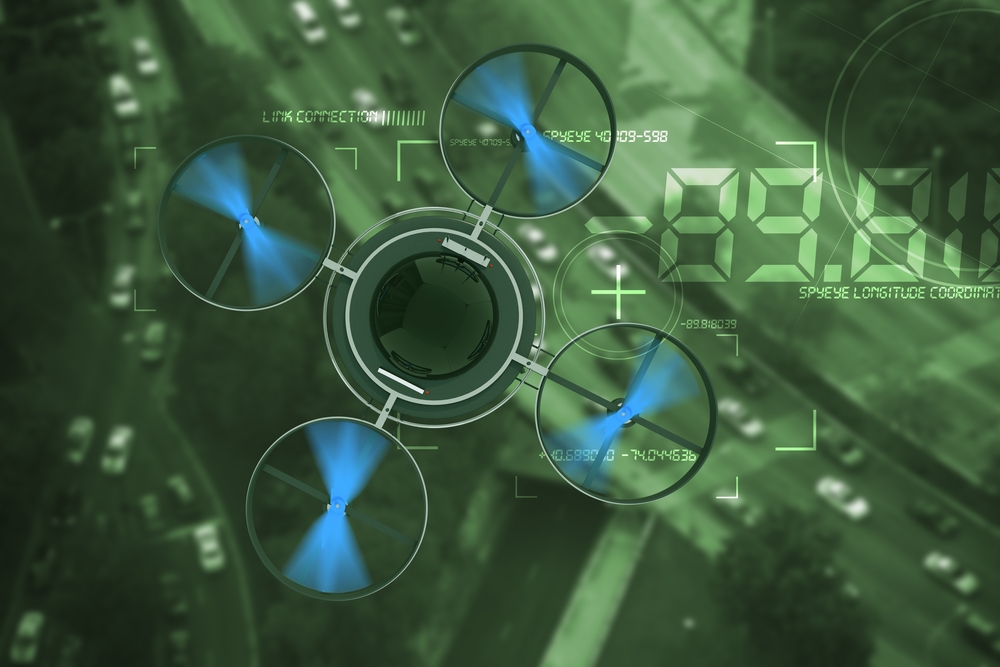
The problem with unmanned aerial vehicles, like drones, is that they’re small enough for an airline pilot to miss but large enough to cause serious damage to aircraft.
“The risk is you could end up hitting one of these things,” noted Captain Dan Adamus, director of the Canada Board of the Air Line Pilots Association. “And they’re so small, you’re not necessarily going to see them until the last second.”
“If you ingested one of these things into an engine or even hit the windscreen, yeah, it would be bad,” Adamus added.
For an idea of how much damage a drone could do, one only need to consider the havoc caused by birds in the past. Planes that have come into contact with birds have suffered damaged fuselages, cracked windscreens, and even engine failures. Adamus suggests that a drone strike could pose an even greater threat to an aircraft’s crew and passengers.
And the threat is growing. It’s now possible for everyday Canadians to buy and fly their very own drones. In the U.S., popular online retailer Amazon is currently seeking permission to launch its own delivery drones capable of bringing small packages right to a customer’s front door.
“We believe customers will love it, and we are committed to making Prime Air available to customers worldwide as soon as we are permitted to do so,” Amazon said in a recent letter to the United States’ Federal Aviation Administration (FAA).
Right now regulations only call for owners of large drones — weighing 35 kilograms or more — to acquire a special flight operations certificate. There’s very little involved in the process, with operators only having to show how and where the drone will be flown. Just under a thousand certificates were issued last year — roughly five times the number issued in 2011.
Transport Canada says it is investigating this issue. The agency has created a special UAV working group to examine how unmanned aerial vehicles (UAV) can be safely integrated into civil airspace.



